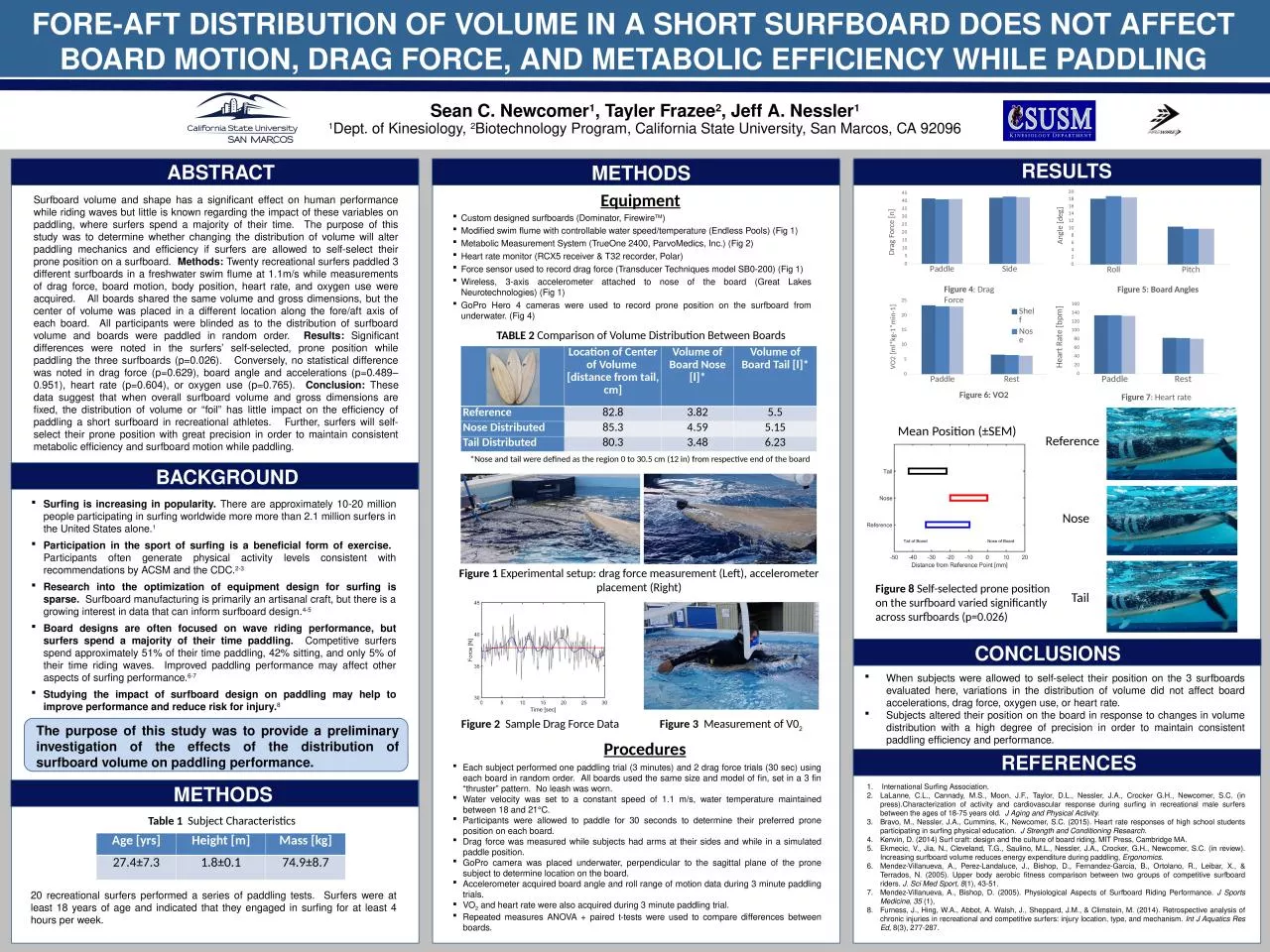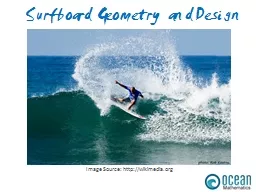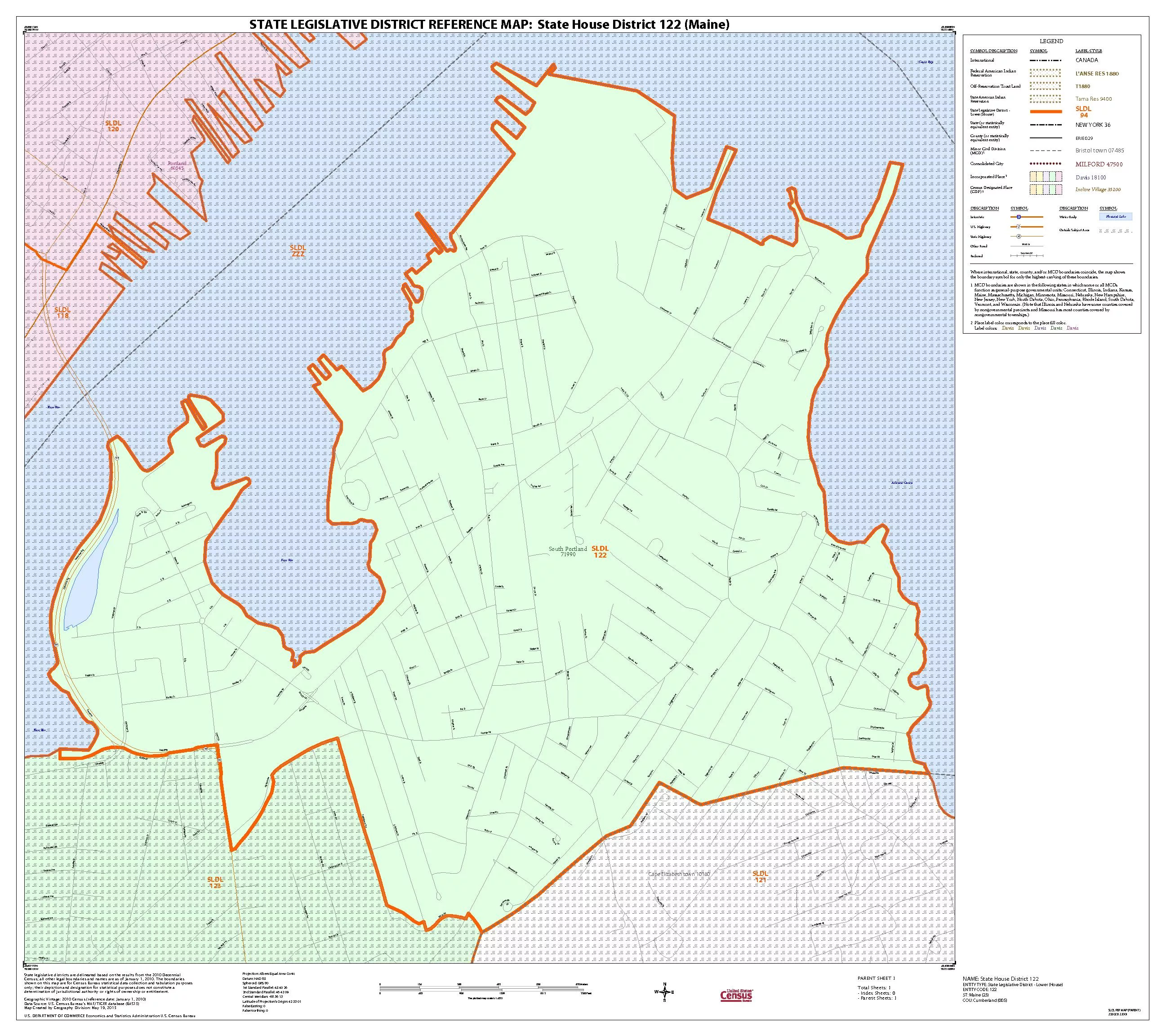PPT-FORE-AFT DISTRIBUTION OF VOLUME IN A SHORT SURFBOARD DOES NOT AFFECT BOARD MOTION, DRAG
Author : molly | Published Date : 2023-06-23
Sean C Newcomer 1 Tayler Frazee 2 Jeff A Nessler 1 1 Dept of Kinesiology 2 Biotechnology Program California State University San Marcos CA 92096 RESULTS BACKGROUND
Presentation Embed Code
Download Presentation
Download Presentation The PPT/PDF document "FORE-AFT DISTRIBUTION OF VOLUME IN A SHO..." is the property of its rightful owner. Permission is granted to download and print the materials on this website for personal, non-commercial use only, and to display it on your personal computer provided you do not modify the materials and that you retain all copyright notices contained in the materials. By downloading content from our website, you accept the terms of this agreement.
FORE-AFT DISTRIBUTION OF VOLUME IN A SHORT SURFBOARD DOES NOT AFFECT BOARD MOTION, DRAG: Transcript
Download Rules Of Document
"FORE-AFT DISTRIBUTION OF VOLUME IN A SHORT SURFBOARD DOES NOT AFFECT BOARD MOTION, DRAG"The content belongs to its owner. You may download and print it for personal use, without modification, and keep all copyright notices. By downloading, you agree to these terms.
Related Documents














